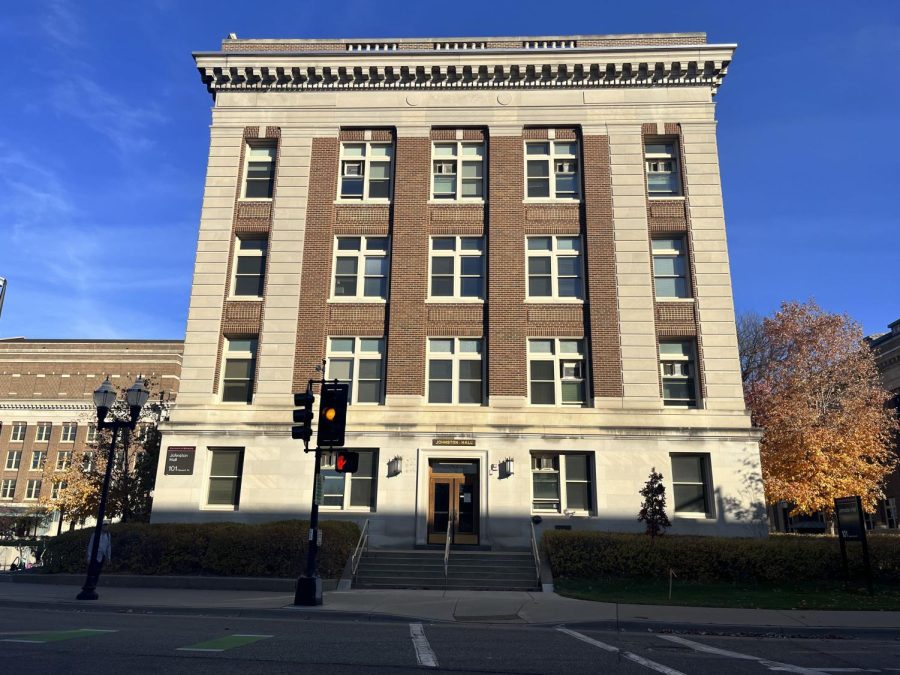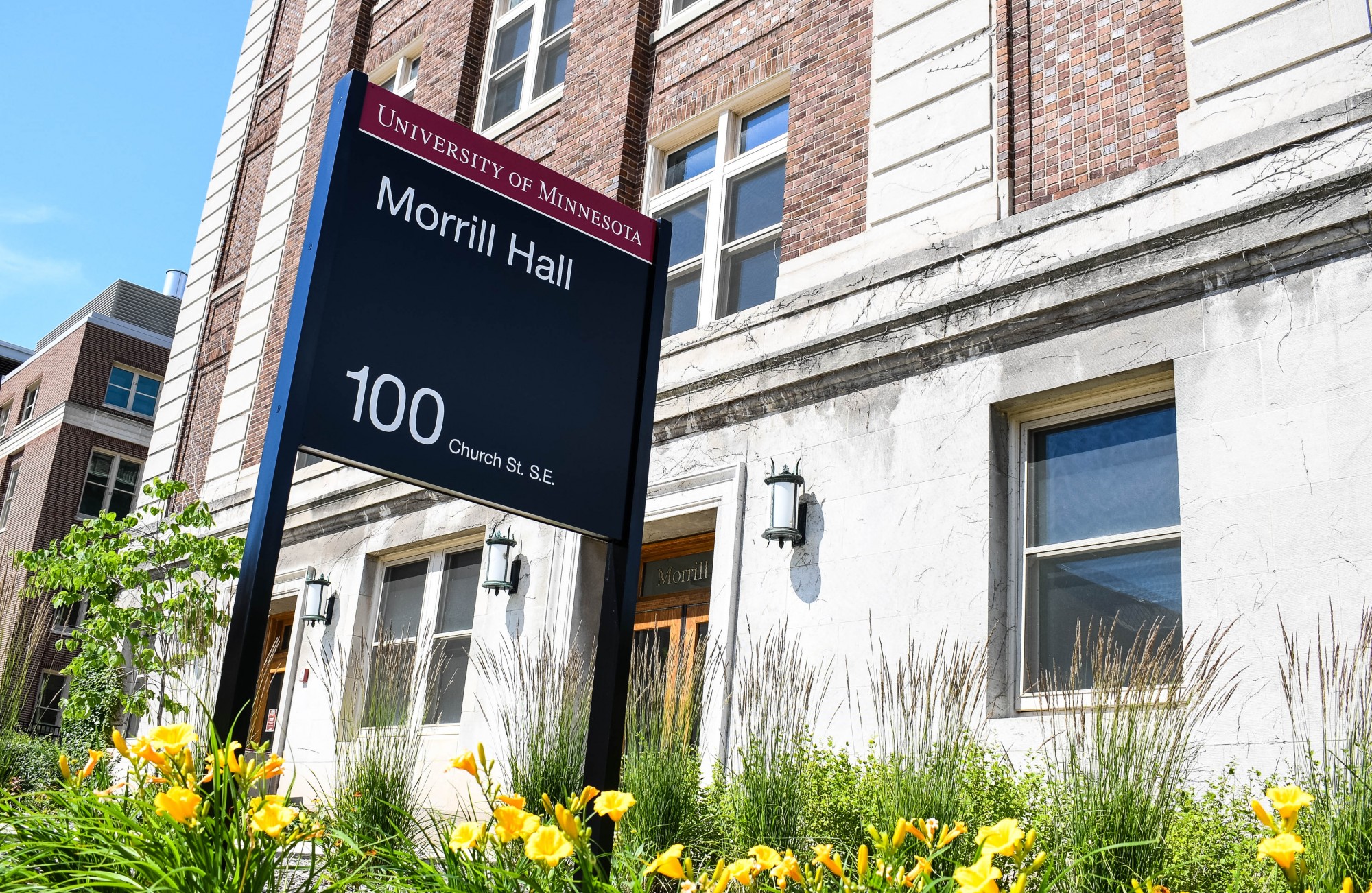The question of whether the University of Minnesota has sufficiently met its obligations to its students is frequently discussed. Less immediate, but often still near the surface, is whether it has met its obligations to other stakeholders: its faculty, its staff and the citizens of Minnesota at large.
But one particular question often escapes us: How good is the University at meeting its obligations to the communities that immediately surround it?
Historically, things have not been smooth.
The Prospect Park Association has butted heads with the University in the past, most notoriously with the decision to expand across Oak Street — the neighborhood border — to build the Oak Street Garage in the early 1970s.
“It was one of the first battles that the neighborhood fought and lost,” said Andy Mickel, longtime Prospect Park resident. He described moving in just in time to hear firsthand the stories of disgruntled residents whose homes had been condemned to make room for the parking ramp.
These tensions persisted for decades as the University continued to develop in Prospect Park.
The relationship was not carried out on equal footing. With millions of dollars, and a team of lawyers at its disposal, the University was able to steamroll the concerns of its neighbors to pursue further development. According to community members, corporate connections also benefited, cashing out to build developments like the Dinnaken House on Huron and Washington.
More residences were demolished between Oak Street and Huron Boulevard — the Motley area of the neighborhood — in the 1990s to make room for new health facilities. Mickel spoke of a perception in the neighborhood that dealings with administration and the Board of Regents were not carried out fairly and honestly.
“They snookered us,” Mickel said.
When plans entered the works for the construction of Huntington Bank Stadium (then TCF Bank Stadium) in the 2000s, the state legislature mandated the formation of the University District Alliance (UDA), consisting of representatives from the University and the surrounding neighborhood associations.
However, the UDA has not been a solution for community relations.
“That Board has been spinning its wheels for as long as I can remember,” said Vic Thorstenson, president of the Marcy-Holmes Neighborhood Association. Thorstenson also serves as a neighborhood representative in the UDA.
Unlike Prospect Park, Marcy-Holmes has mostly evaded attention from the University until recently, when crime began to rise in Dinkytown.
“I think it’s improving a little bit,” Thorstenson said. “[But] they’re probably a bit more responsive to these noisy parents’ groups than people who actually live in the neighborhood, which is unfortunate.”
While it has been subject to the University’s development, Prospect Park retains a strong presence of homeowners. Significant changes east of the Stadium Village area began taking off only after the construction of the Green Line about ten years ago prompted new development mostly limited to the area along University Avenue and 4th Street, including apartment blocks billing themselves as student housing.
(Whether these corporate megaliths live up to that image is another story entirely.)
Marcy-Holmes, in contrast, has seen a more dramatic demographic shift, with the areas closest to campus almost entirely taken over by students who treat the spaces they inhabit as an extension of the University rather than as a connected, but distinct, community.
While this mindset is not unique to Marcy-Holmes, over 80% of the residents of the two census regions of Marcy-Holmes east of Interstate 35W, including Dinkytown, are between the ages of 18 and 24 — more than any other region in the University area, save for the campus itself.
A lack of engagement between students and the neighborhood’s long-term residents continues to pose a challenge for neighborhood relations. Thorstenson attributed this partially to a culture of apartments and rentals serving more as off-campus dorms rather than places for student-neighborhood interaction — a consequence of limited housing supply on campus coinciding with a historical pivot away from a “commuter campus” culture.
The result is that the University has created the perfect storm of conditions where students feel compelled to live near campus without necessarily choosing to live on it, instead opting to live nearby. However, this has not led to a better interface between students, the University, and the surrounding community.
Instead, administrators have seized the opportunity to treat their own priorities, as well as those of parents and students, as more important than the concerns of long-term residents who will be around to feel the side effects of University policy. This dynamic predates a significant student presence in Prospect Park, but has also reared its head in Marcy-Holmes as of late.
This is an unhealthy approach to take, and the Board should redouble its efforts to make sure that community concerns are being addressed.
That said, whether we like it or not, students are residents and stakeholders within the neighborhoods we live in and have responsibilities to them. The University’s ability to productively engage with nearby communities has been inconsistent at best. If we as students want to see changes in the surrounding area, it will require us to take action ourselves — not to leave it to administrators with their own agenda.
Thorstenson’s advice to students?
“Improve the neighborhood with involvement and don’t listen to a bunch of old farts like me.”



















